
7 minute read
Behind these Walls…Happiness is Unleashed: Year 1

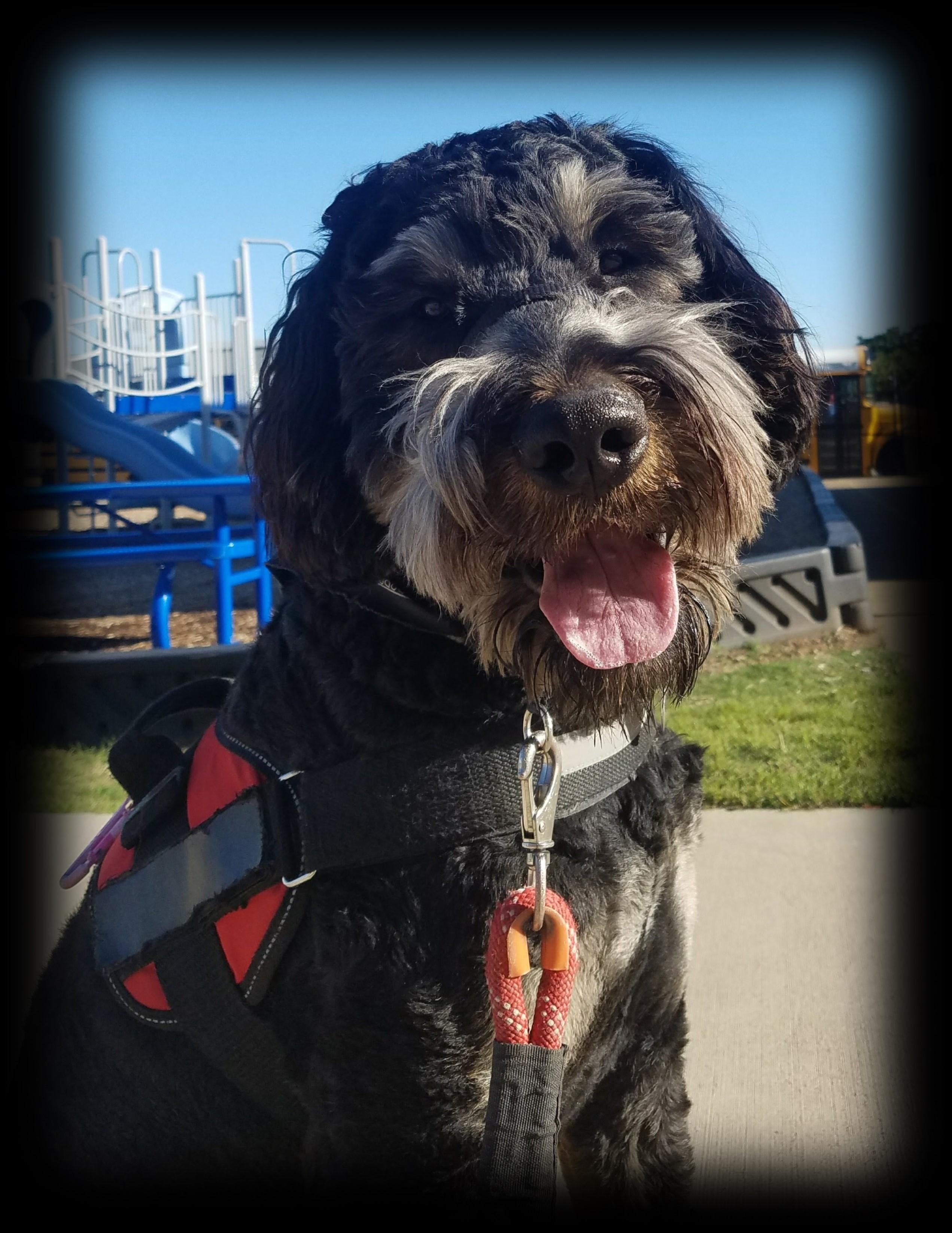
Advertisement
By Marcie Adame-Mock
The Garland Public School building sits quietly on a busy corner in the historic downtown area. The sandy brick exterior shields its blended family from more than the elements. Hurrying past, most would never guess that its aged, but dependable walls embrace the community’s most broken children. When I was recruited to be part of this imperceptible campus, I was ashamed to admit that I had never heard of it before. Despite having been born and raised in this “small” town and my ten years teaching in the district, I had been oblivious to this exceptional population. Hidden behind the walls of this campus were students living with serious to severe mental health conditions. I wasn’t sure if “I” was the right person for the job. I was a P.E. teacher, not a special education teacher, not a counselor. I had devoted my life to community health and involvement (but physical health, not mental health). I had given so much time and energy towards the health of our community; and, I was terrified that taking this position would prevent me from pursuing my goals. My first year offered me plenty of opportunities to stretch and grow professionally (and personally). While I was dealing with very challenging mental health behaviors, I was also having to address some “typical” middle school- and high school-age issues, like an aversion to sweat. Not only did “participating” mean “sweating” but, to them, “participating” meant letting down their guard, unleashing their hidden child, being vulnerable. I was pulling everything out from my “bag of tricks” to motivate my students. As “fate” would have it, a very large, goofy puppy, named “Hershel” galloped into my life.

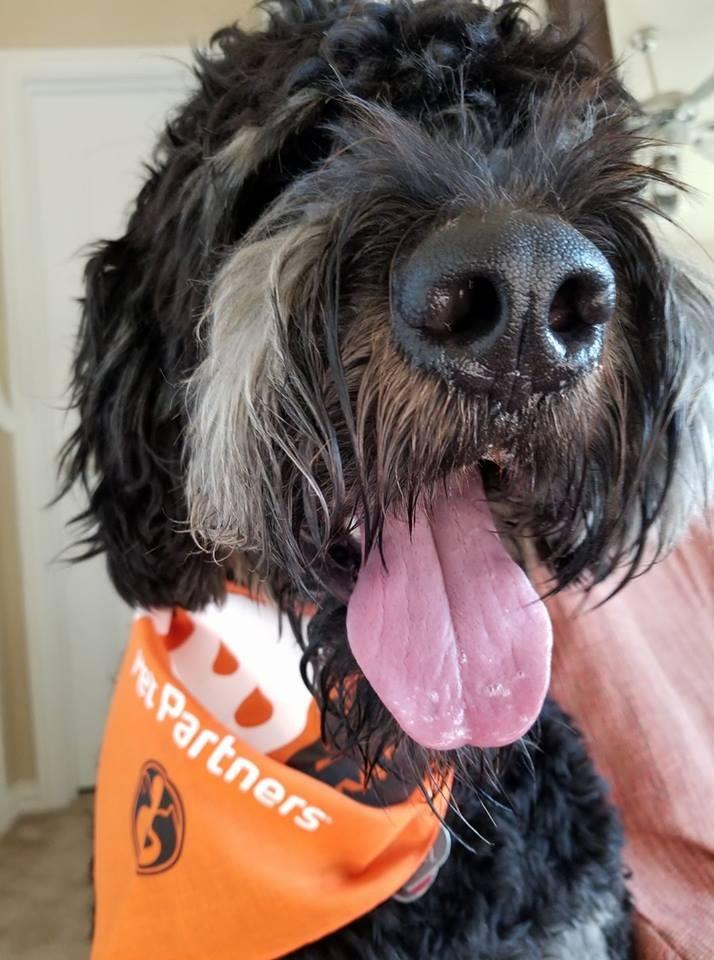
I had been reading a few puppy training and animal behavior books when I came across a canine television show about paroles. There was something “familiar” about these men and their demeanor. I watched in awe, struck by the compassion and kindness of these exiles. With an obvious empathy for their canine companions, the men were patient and gentle with their furry charges. They worked hard to provide food and shelter for them. Most astonishing was the deep emotional bond that developed between these social pariahs and the pit bulls. I have often asked myself, “What will happen to my students when they ‘age-out’ of our program?” Will they become the homeless, the addicts living on the streets, or doomed to an existence behind the walls of our hospitals and jails? Lost to a life made harder by mental illness and isolation, will my students become the forgotten, the homeless, or, like these men, ‘paroles’?”
A sudden spark of hope ignited in my chest and an idea was “unleashed.” I visualized a program where students and adoptable dogs could work together to learn basic manners and social skills. Knowing the potential benefits of incorporating positive animal-assisted interventions (AAI), I realized that a quality AAI program lead by professional canine handlers had the strength to heal and impart social knowledge that my students desperately needed to engage in their community and improve their health-related quality of life. I spent the summer preparing Hershel for his school visit. I researched information about emotional support animals, pet therapy and training programs for service animals. We continued in canine manners classes; and, as a part of his training, Hershel accompanied me to community events and social gatherings. Everywhere we went, people would stop in their tracks, caught off-guard by Hershel’s size and “smile.” We were often asked, “Is he friendly? Can we pet him? I would respond, “Yes! But he’s still a puppy.” I’d pause to give us and them time to make the necessary adjustments, then continue. “This is Hershel. He’s in training to be an emotional-support dog at a campus where I serve students living with serious to severe mental health conditions.”
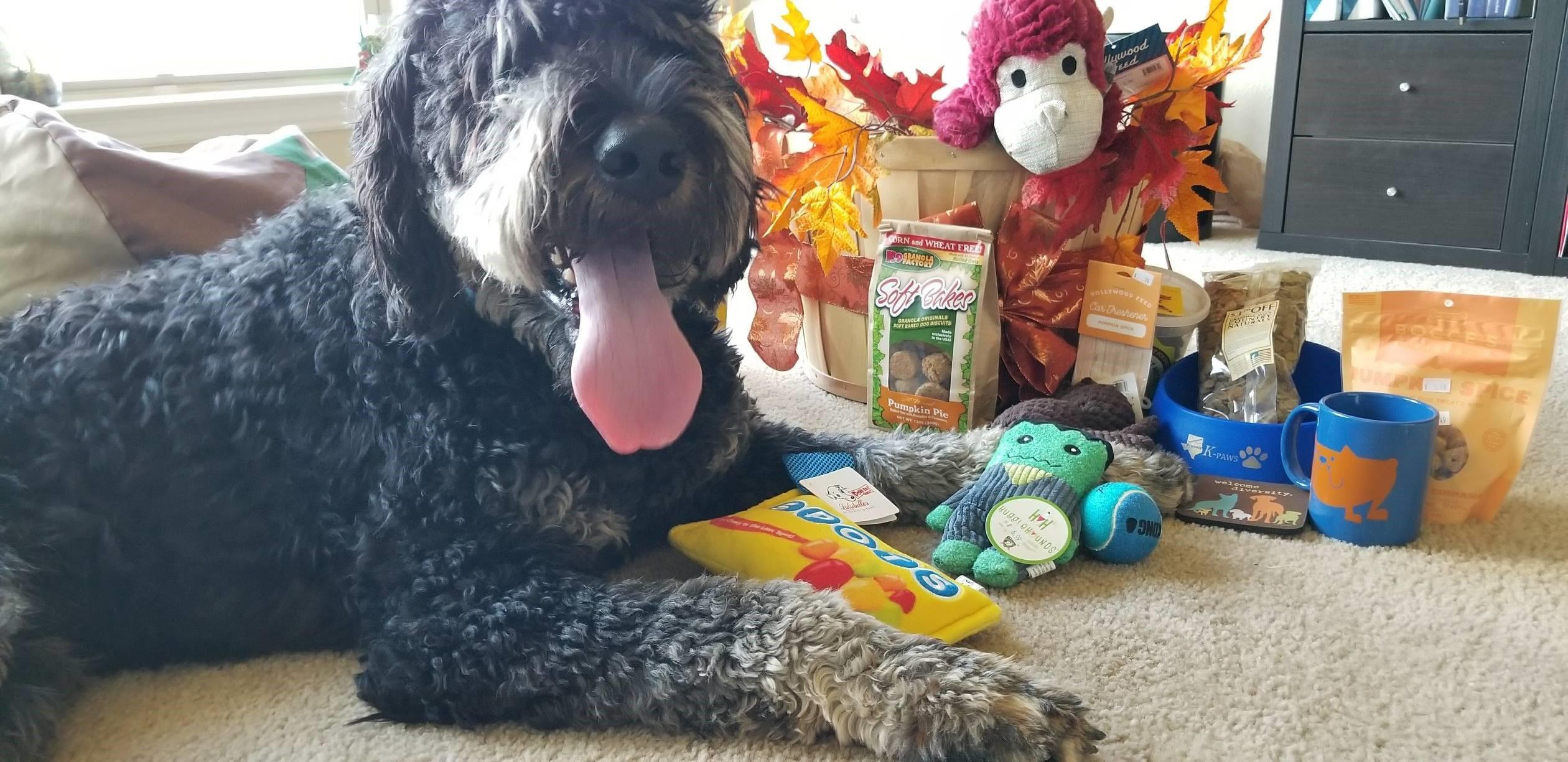

It is amazing how quickly people can change their approach to a “large” breed dog when they hear “puppy” “in-training” but more interesting is the response that we get when they hear “emotional-support.” Almost immediately, adults will demonstrate “restraint” and model calm social manners. Still, more shocking to others than an 80- pound puppy was the presence of our little campus “hidden” in among the familiar buildings of our hometown. Like me, most had no idea that it existed. With each introduction, I was spreading awareness and my life goals began to transform. A vocation materialized; and I would have to take a deep breath before declaring, “It’s our mission to educate and advocate on behalf of mental health and responsible pet ownership through animal-assisted interventions (AAI).” By the end of the summer, Hershel turned 8 months old; and, with a few manners classes under his collar, he showed promise. He had a happy, calm disposition. He was curious; and, very social with people, fur friends, and one tortoise. He was comfortable being brushed, touched, and, various forms of being squished. Hershel had potential.

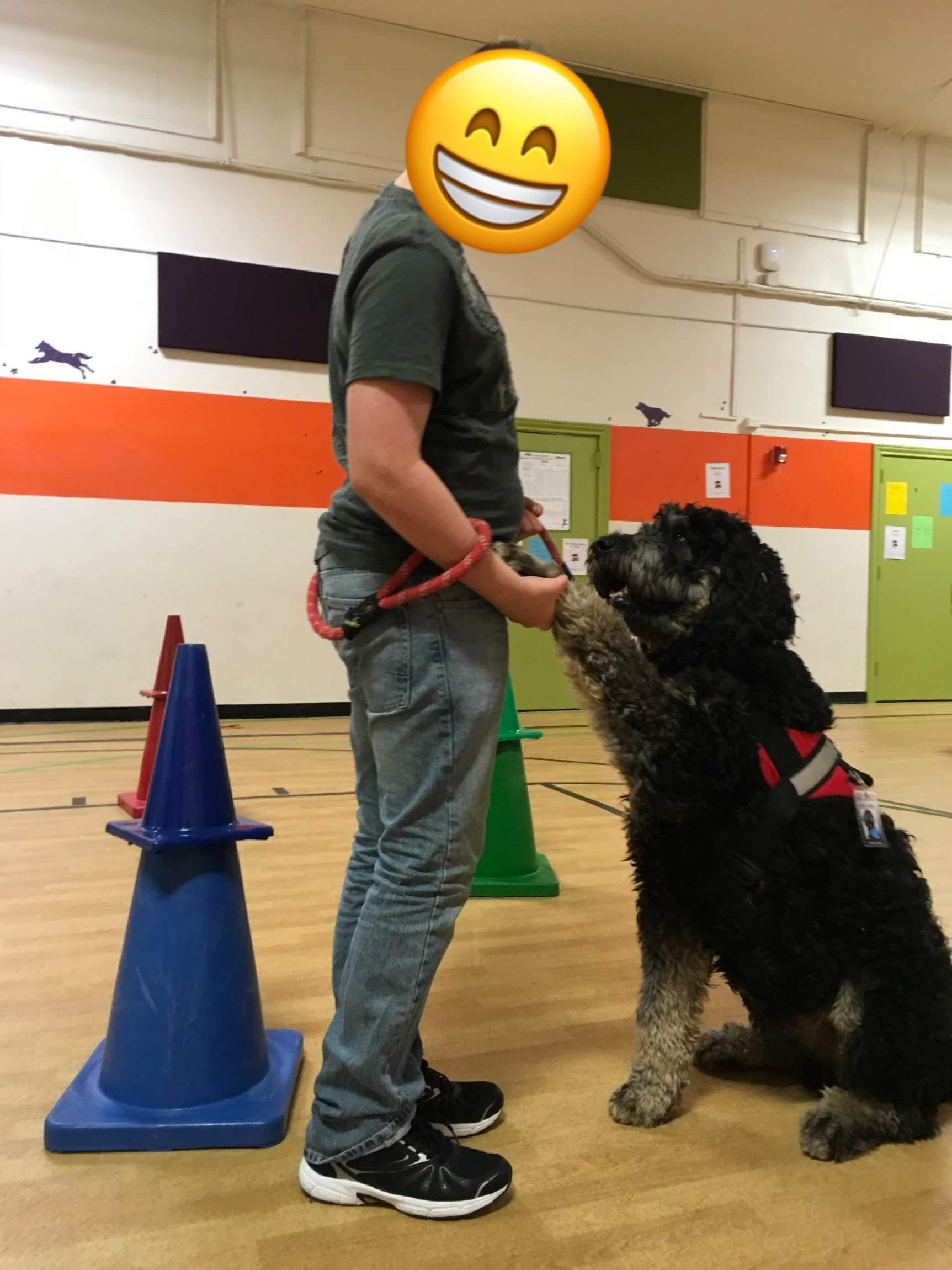
“I” still had plenty of training ahead for me. Hershel and I joined Pet Partners and began preparations for team evaluation. Their workshops on “YAYABA” opened my eyes to many factors that I hadn’t considered but were familiar to me as a teacher, aka class management skills. I set the “stage” both physically and emotionally for Hershel’s arrival. I prepared my students and staff with human and canine expectations that were clearly practiced and posted. And, although nervous, I felt that we were ready. When I introduced Hershel to my students, I expected it to be mollifying and therapeutic for my students. I had never considered the impact that it would have on me or our staff. Our admins and counselors have added daily stressors; and Hershel was more than “willing” to share his large, furry hugs and kisses with staff, too. As Hershel’s first year ended, I hoped that the program might inspire some of my students to consider careers with animals. I had no idea how much Hershel’s (and my) training would impact my own career. Looking beyond these walls, my dreams and my work have changed. I want to help educators, counselors, students and their families in discovering the opportunities of animal-assisted interventions (AAIs). I want to host workshops that advocate and educate responsible pet ownership. I want to educate my community about mental health and the benefits of AAIs. And I want to connect other professionals and the families that we serve through AAIs that can potentially “unleash happiness.”


Marcie Adame-Mock
Marcie Adame is celebrating her 15 th
year in Garland ISD and her 5 th
year at Pathfinder Achievement Center (PAC) in Garland, Texas, a school dedicated to students who have endured severe trauma. Before being recruited to PAC, Coach Adame taught at Kimberlin Academy for Excellence, an elementary school for gifted and talented students. Upon learning about these two assignments, people would often comment “Wow! These students are totally opposite.” To this, Coach Adame would shake her head and respond, “Not at all. The kids at both campuses are equally exceptional; but at PAC, my students didn’t have the family resources to nurture those gifts.” Coach Adame’s two canine companions participate in animal-assisted interventions, with individuals of all ages; and, she is currently developing a program that teaches social-emotional learning skills in the community.
“Happy is…” dedicated to rediscovering the value of connecting with the people that we meet each day and promoting community-based emotional and mental support.
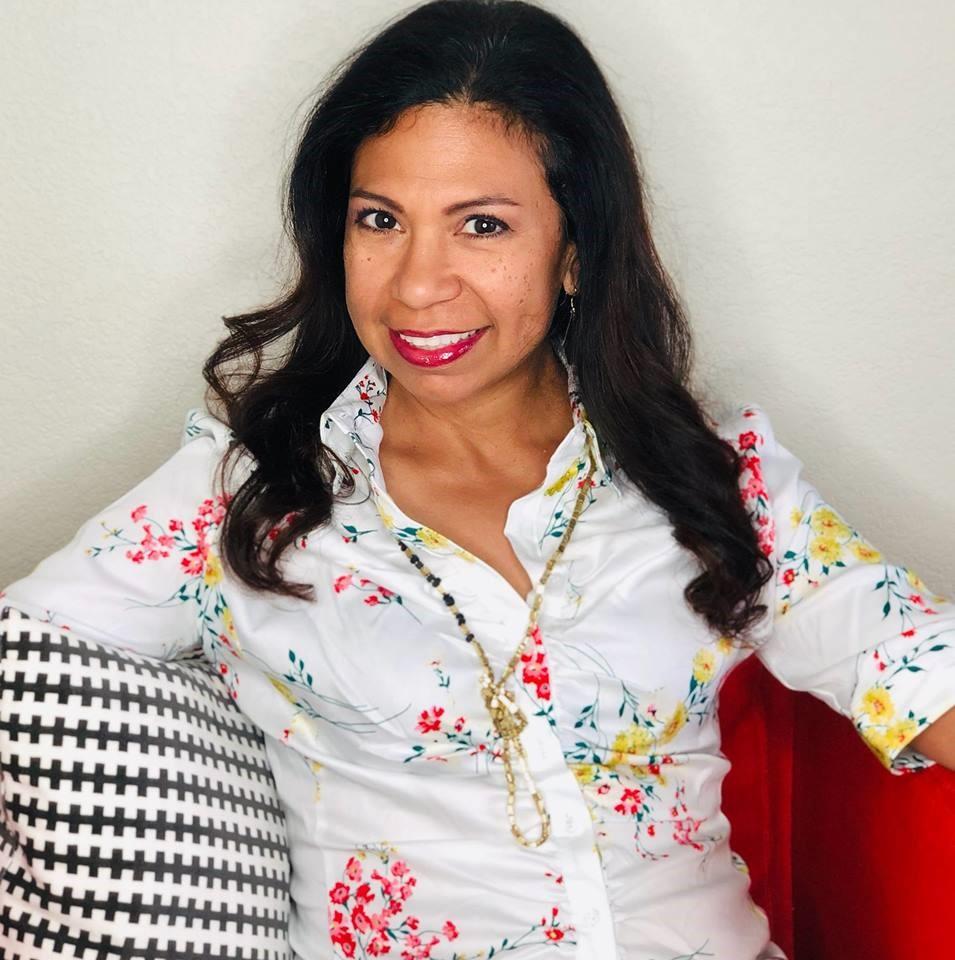

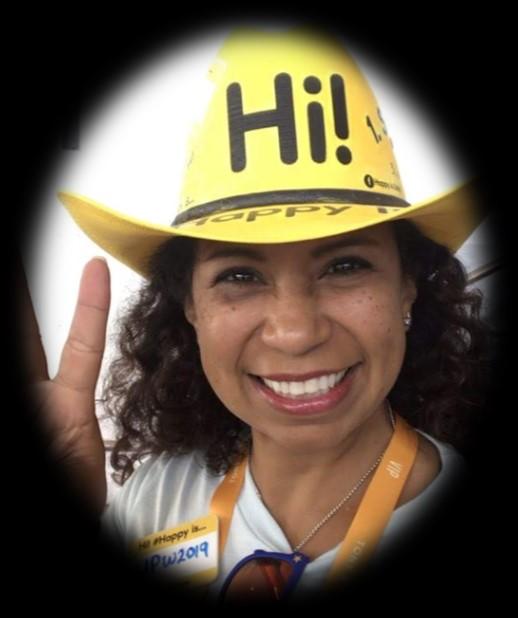
Connect with Coach Adame on Facebook: @TheHappyRNeGADE Follow her on Instagram: TheHappyRNeGADE


